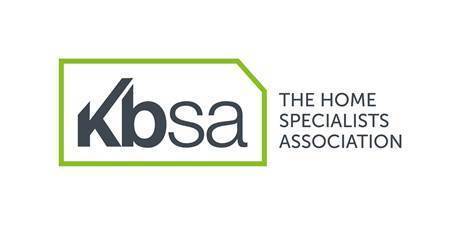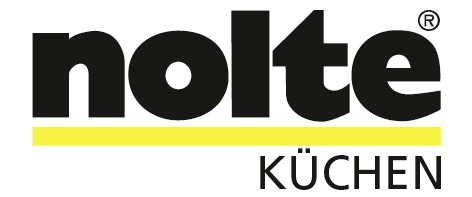Electric, Gas, or Induction: What’s The Best For Me?
Whether you realise it at the time or not, changing your stove can have a major impact on your home life. From the way you cook even to the pots and pans you use, it can all be affected by the stove you use. When looking to change your stovetop, it can be difficult to know what works best and why. We live in a world where we have so many options and choices, which I’m sure you can agree, is sometimes both a blessing and a curse.
That’s why here at KF Kitchens, we’ve put together a list of all the pros and cons of induction, electric, and gas worktops to save you the hassle.
-
Induction
Despite being demonstrated for the first at World’s Fair in Chicago 1993, induction stove tops are still fairly new in kitchens, especially home cooking. Saying this, they are still a very popular choice when selecting the details on a new kitchen.
Using electromagnetism, induction stoves turn your pot or pan into its own mini cooker with no exposed flame or electrics. This allows heat energy to be created in the pan itself, causing no obvious danger when cooking.
This allows for induction cooking to be considerably more energy efficient. As the pan will only start to heat when it is properly covering the element in order to activate it, it also makes it considerably safer to use, as there’s no chance of anything catching or being left on by accident.
With only the areas where the pans sit getting hot, it also means that the rest of the work surface will remain cool, meaning that it can be used for storage etc, whilst you are still cooking.
Induction hobs also significantly beat the time it takes to heat up pans of that of electric and gas hobs, once again proving their efficiency and effectiveness. As they are able to heat up so quickly, they also can cook faster than the others, and are much better at keeping food at a simmer as it’s much easier to control the temperature.
However, there are some disadvantages to this. Although they can heat up very quickly, this does mean that your food can be overcooked as there’s no time needed to heat up the pan.
If it’s not overcooking, it might not be cooking at all! It can take a little while to get used to as your pans will need to be placed in the exact position on the stove top to heat up. This is because the pan needs to complete the circuit in order for the electromagnetism to take place. Not only that, you’ll need to buy specific induction pots and pans to use. These can be used on electric and gas stoves, but not the other way round. So if you’re thinking of switching, it’s another cost to consider.
Finally, induction hobs were considerably more expensive than that of gas or electric, and combine it with the cost of having to purchase a new set of cookware, the price did add up. Costs have reduced considerably in recent years and are now comparable to gas.
-
Gas
One of the more typical stove tops you see in a kitchen is gas. Favoured by those in the culinary industry, gas allows you to have much better control over the heat at which you cook your food. The ability to physically see the flame and the heat is something that neither electric or induction allow for, making it historically a favourite amongst chefs.
Gas gives instantaneous heat that can be easily evenly distributed across the whole of the pot or pan that you’re cooking with. If you like to cook and enjoy your food, this is probably what you would choose in your kitchen. As well as this, gas tends to be a lot cheaper to run than electric.
However cheap it may be to run though, the installation cost of a gas stove can be a lot more expensive than expected. To fit it, you’ll need to ensure that you have a gas safe registered engineer to do so, otherwise the stove can become dangerous.
Another factor to consider with a gas cooker is that it’s difficult to keep clean. It comes with multiple small and fiddly components that need to be cleaned separately, making it a not so easy job in comparison to electric or induction.
-
Electric
Electric stoves have most of the same positives as that of the gas stoves, except that they are much easier to clean and maintain and tend to look newer for a lot longer, due to glass or ceramic material.
However nice and easy they are to maintain, there are some factors to consider. Firstly, they take a lot longer to heat up and when they do the temperature is difficult to control. Not only that, but the cost of an electric hob tends to be considerably more expensive in the long run.
Final Thoughts
As you can see, induction, electric, and gas hobs all have their places in people’s kitchens. The look of a sleek induction or electric stove would nicely suit a modern kitchen, and a gas stove could never look out of place in a family home.
If you have a younger family who likes to get involved in the kitchen, induction might be best for you due to it being a lot safer and suited to the environment you are in.
However, if you like to cook, gas might be the way forward. Being favoured by chefs across the globe, cooking over a real flame is how we’ve been doing it for centuries. Saying this, the cost reduction in induction through has now made induction the ‘go to’ option for some.
Get In Touch!
If you’re considering having a new kitchen fitted and would like some more information, then get in touch with us here! One of our expert team members will be more than happy to answer and advise you to make the best decision for you and your home.











